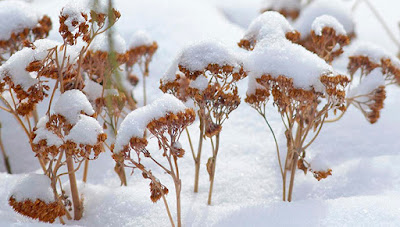 |
| Dog Day Cicada (Tibicen dorsatus, T. dealbatus) photo by BugGuide.Net |
Nothing signals that August is here like the sound of cicadas singing: they can be counted on to sing until frost. In fact, according to folklore, it's six weeks after the first song that a frost is possible. Here are some other interesting facts about cicadas:
Cicadas are essentially tiny violins with wings. The body of a cicada is similar to that of a violin or a guitar, in that much of it consists of empty, air-filled spaces that act like a resonating chamber and amplify the sound they generate. The loud noise we hear is the male's mating call—females are silent.
Cicadas are the loudest insects in the Southwest. Their mating call and response can reach over 90 decibels. That is as loud as a gas lawnmower or a motorcycle.
Cicadas are super sneaky. Ever tried to locate a cicada you are hearing, only to find nothing there? Once you start walking to a tree they stop calling as soon as you get too close, making it even more difficult to find them.
Cicadas have enemies that are the stuff of nightmares. The female cicada killer wasp flies around, finds a cicada, stings and paralyzes it, and carries it to a burrow, lays one egg on it, and then closes the burrow up where the larva proceeds to feed on the victim.
There are 26 species of cicadas native to Colorado. The most common one along the Front Range is the Dog day cicadas (Tibicen dorsatus, T. dealbatus), the largest cicadas found in Colorado. They may be upward of two inches long. Their common name is derived from the males’ piercing call, which is often heard in the so-called “dog days” of mid-summer.

































